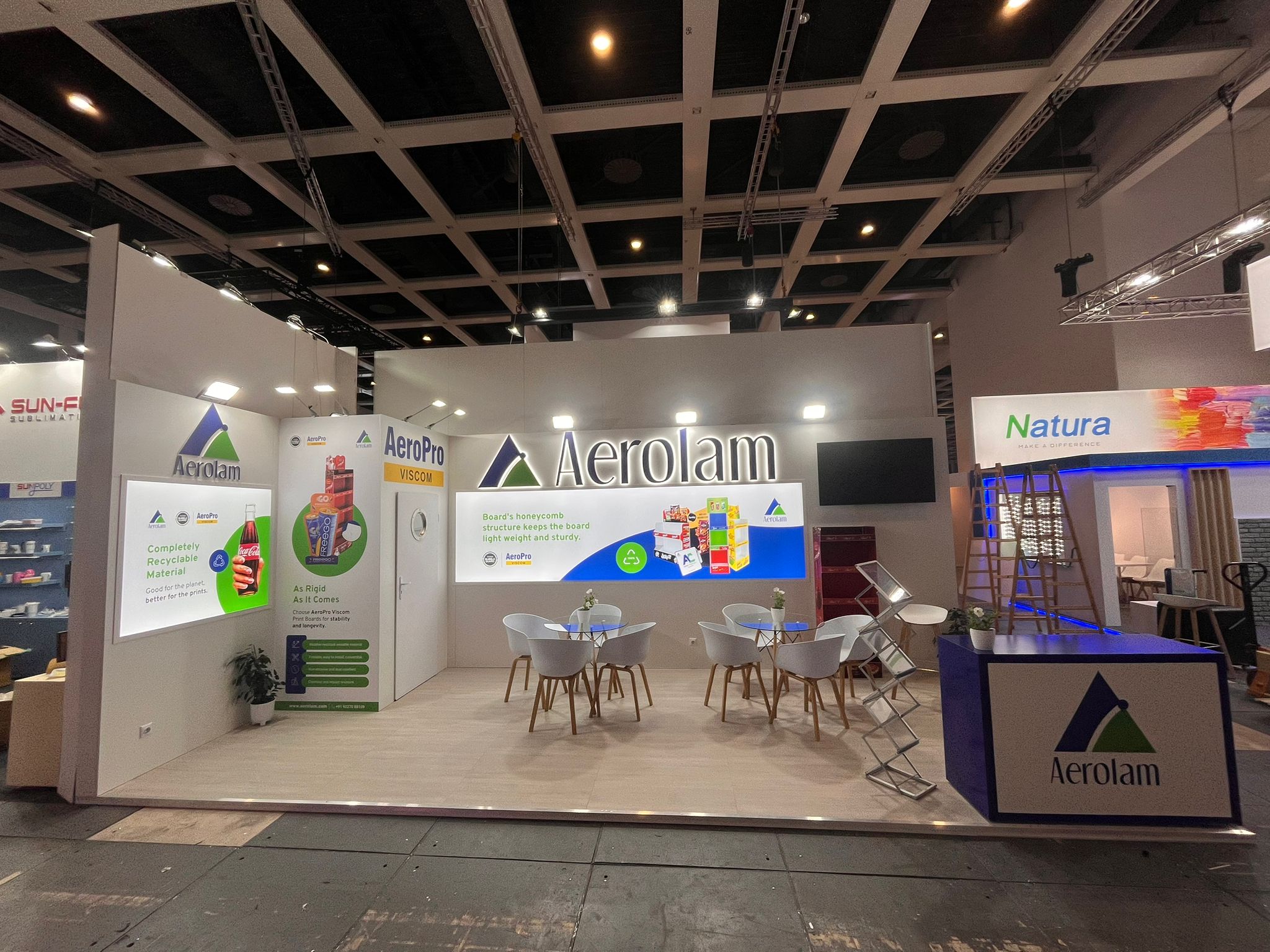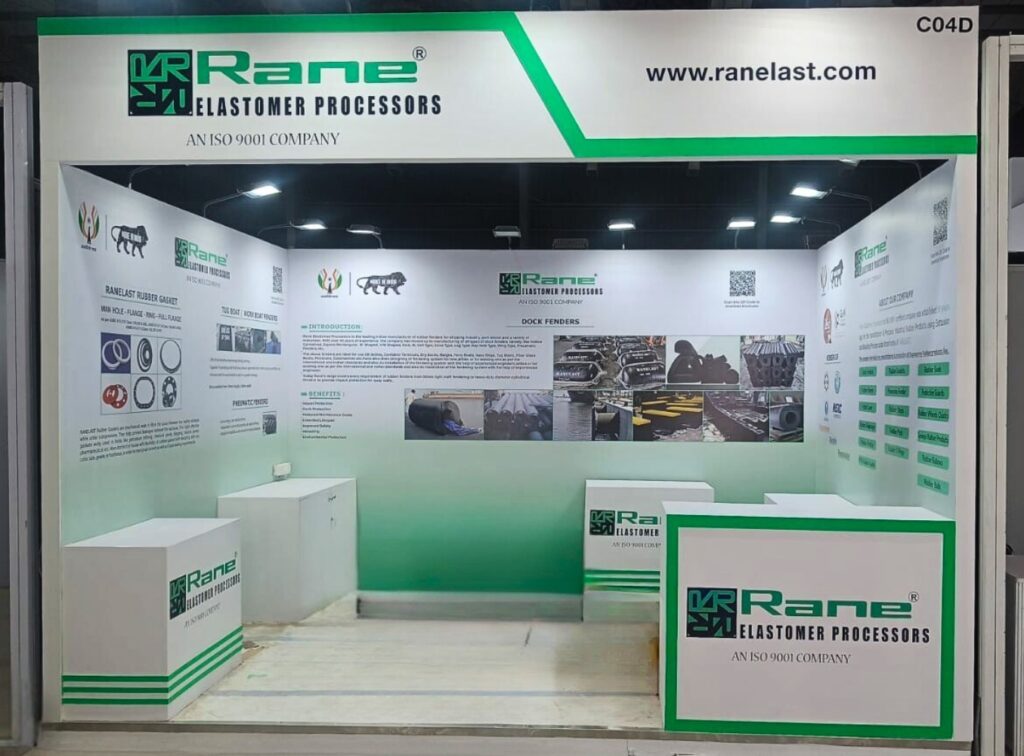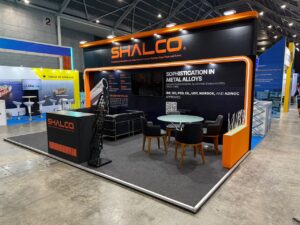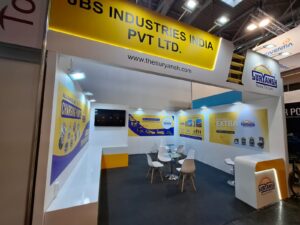Planning to exhibit internationally can feel overwhelming, especially when you’re unsure about different country regulations. Whether you’re an Indian company preparing for a UK trade show or a British business entering the Indian market, understanding exhibition standards is crucial for a successful event. The good news? With proper planning and the right guidance, navigating these differences becomes much simpler.
Why Exhibition Standards Matter
Think of exhibition standards as the rulebook for trade shows. Just like driving rules change from country to country, exhibition regulations vary significantly between the UK and India. Ignoring these differences can lead to costly mistakes: rejected stall designs, last-minute modifications, or even being denied entry to the exhibition hall.
Understanding these standards upfront saves time, money, and stress while ensuring your exhibition runs smoothly.
UK Exhibition Standards: Precision and Safety First
The UK follows strict European Union guidelines even post-Brexit, emphasizing safety, accessibility, and environmental responsibility. Here’s what you need to know:
Safety Regulations
UK exhibitions prioritize visitor and exhibitor safety above all else. Fire safety requirements are particularly stringent:
- All materials must have fire-resistant certificates
- Emergency exit routes must remain clear at all times
- Electrical installations require certified electricians
- Height restrictions are strictly enforced (typically 4 meters maximum)
Structural Requirements
- Load-bearing calculations must be provided for multi-level structures
- All constructions need structural engineering approval
- Suspended elements require additional safety certifications
- Floor loading limits are strictly monitored

Accessibility Standards
The UK mandates full accessibility compliance:
- Wheelchair access to all areas
- Appropriate lighting levels for visually impaired visitors
- Clear pathways with minimum width requirements
- Accessible restroom facilities nearby
Environmental Considerations
- Sustainable materials are increasingly preferred
- Waste management plans must be submitted
- Energy-efficient lighting is often mandatory
- Recycling protocols must be followed
India Exhibition Standards: Flexibility with Growing Structure
Indian exhibition standards are evolving rapidly but generally offer more flexibility than UK regulations. However, this doesn’t mean less planning is required.
Safety Focus Areas
While generally more flexible, Indian venues still maintain important safety standards:
- Fire safety certificates for materials (though requirements vary by venue)
- Electrical safety through licensed contractors
- Structural stability for elevated constructions
- Emergency evacuation route complianc
Construction Guidelines
- Height limits vary significantly by venue (ranging from 3-6 meters)
- Load-bearing requirements are venue-specific
- Local material sourcing is often preferred
- Construction timelines are typically more flexible
Documentation Requirements
- Simpler approval processes compared to UK
- Local partnership often streamlines permissions
- Vendor certifications may be less stringent
- Timeline flexibility for last-minute changes
Cultural Considerations
- Local customs may influence design choices
- Regional preferences for colors and layouts
- Language considerations for signage
- Religious and cultural sensitivity requirements
Key Differences International Exhibitors Must Know
Timeline Management
UK: Plan 8-12 weeks ahead for complex stalls. Documentation and approvals take time.
India: 4-8 weeks is typically sufficient, with more flexibility for modifications.
Material Sourcing
UK: Strict certification requirements mean sourcing from approved suppliers is essential.
India: More options available, but quality verification becomes your responsibility.
Cost Implications
UK: Higher initial costs due to strict compliance requirements, but fewer surprises.
India: Lower base costs, but potential additional expenses for quality upgrades or last-minute changes.
Local Partnerships
UK: Working with certified local contractors is almost mandatory for complex installations.
India: Local partnerships provide significant advantages in navigation, cost management, and cultural understanding.
Practical Tips for Success
For Indian Companies Exhibiting in the UK:
- Start planning early – UK approval processes take longer
- Budget for compliance – Safety certifications and quality materials cost more
- Partner with experienced UK fabricators who understand local regulations
- Prepare detailed technical drawings – UK venues require comprehensive documentation
For UK Companies Exhibiting in India:
- Research venue-specific requirements – Standards vary significantly between cities and venues
- Plan for flexibility – Be prepared to adapt designs based on local conditions
- Invest in quality local partnerships – They’ll navigate cultural and regulatory nuances
- Consider climate factors – Heat, humidity, and monsoons affect material choices
Making International Exhibition Success Simple
The key to successful international exhibitions isn’t just understanding regulations – it’s working with experienced partners who know both markets intimately. Professional exhibition designers who specialize in international projects can navigate these complexities while ensuring your brand message remains consistent across different markets.
At Focus Design, we’ve helped numerous companies successfully exhibit in both UK and Indian markets, understanding the nuances that make each region unique while maintaining the highest standards of design and execution.




